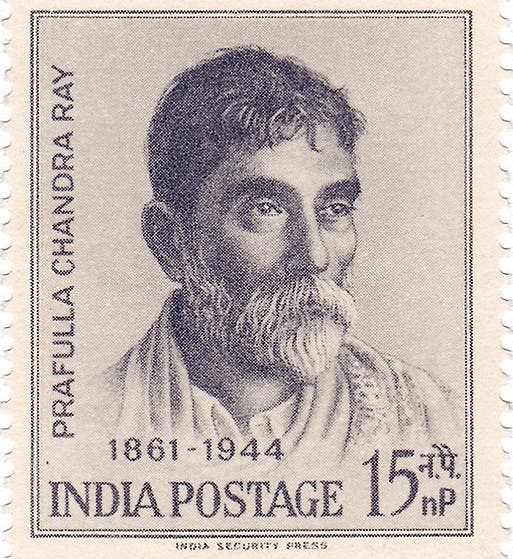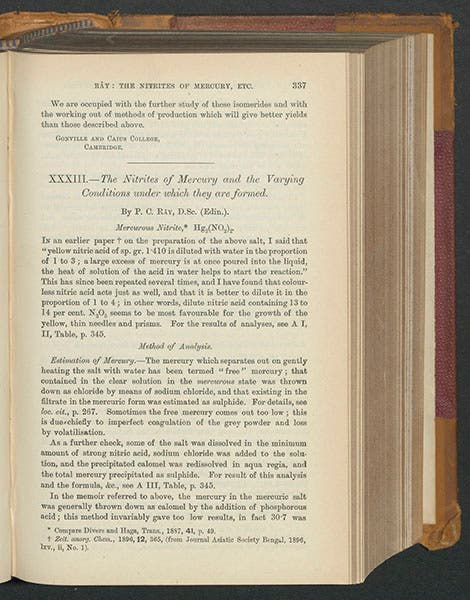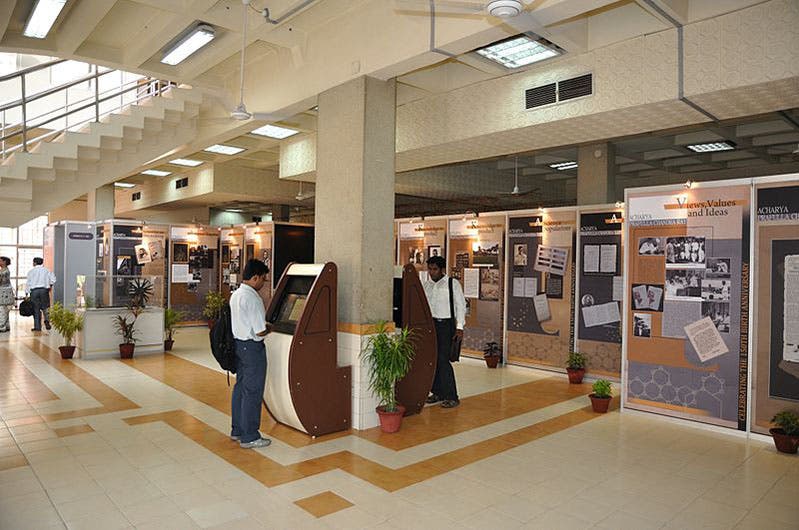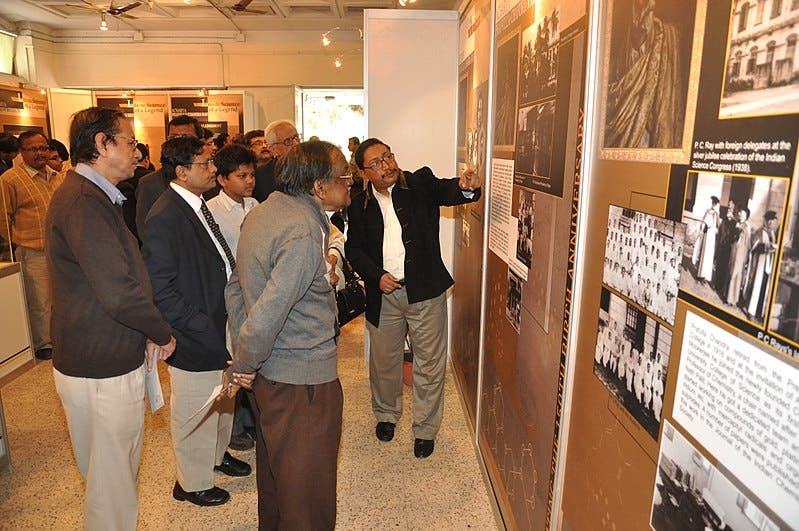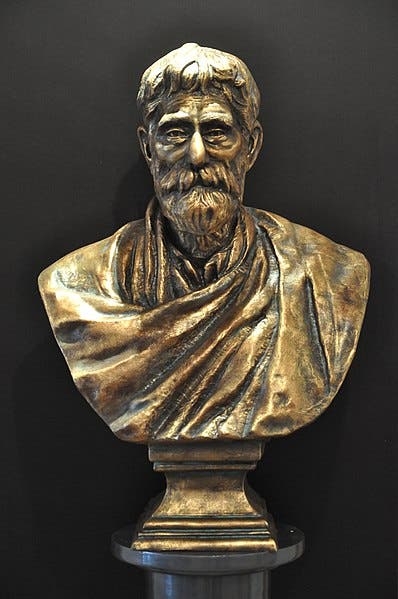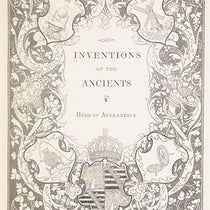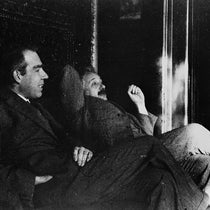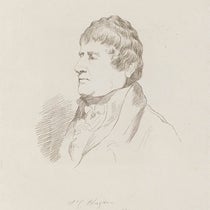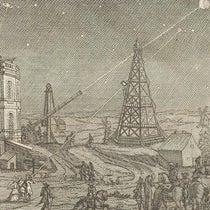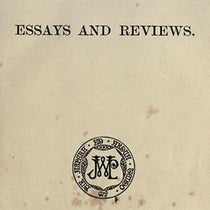Scientist of the Day - Prafulla Chandra Ray
Prafulla Chandra Ray, an Indian chemist, was born Aug. 2, 1861. Ray is often referred to as the father of chemistry in India. Showing great promise in his studies as a young man in Bengal, he was awarded a fellowship to the University of Edinburgh in 1882, where he received his BS and then his PhD in 1887. In a day when organic chemistry was all the rage, he chose to pursue inorganic chemistry, becoming an expert in mineral salts, such as sulfates and nitrites. He returned to India in 1888 and the next year received a position at the Presidency College in Calcutta. He was unable to obtain a position in the imperial service because he was Indian, an affront to which he took public offense. Ray was an ardent Bengali nationalist for his entire life, and unfortunately did not live quite long enough to see that dream become reality.
In 1896, he announced a major discovery of a new compound, mercurous nitrite. It is hard to believe that in a millennia of alchemical and chemical investigations, no one had discovered this particular compound, which was quite stable once one figured out how to make it. He published the discovery in several papers, including one in the Journal of the Chemical Society of London in 1897 which we have in our collections (second image). The discovery spawned a novel field of research, allowing Ray to establish a new school of chemistry in India and attract a considerable number of students. In 1916, he joined the faculty of Calcutta University College of Science, where he established another chemical school. He retired in 1936 and died in 1944.
Ray was noteworthy for his passion for Indian independence and for his philanthropy. He lived extremely frugally, needed little money, and beginning in 1921, he donated his entire salary back to the Calcutta Department of Chemistry for research and student support. His humility and life style were as much a model for his students and contemporaries as was his expertise in inorganic chemistry. He also had an intense interest in the history of chemistry, and in 1902-08, he published A History of Chemistry in Ancient and Medieval India; we have a later edition in the Library, retitled A History of Hindu Chemistry (1956). We hope to acquire the first edition at some point.
According to the Times of India in 2011, the Royal Society of Chemistry awarded a Chemical Landmark Plaque to Ray in 2011, the first plaque ever given to a chemist outside of Europe. This story has been picked up by all the Wikipedia-style biographies, but there is something odd about it, since Landmark Plaques are given to places, not people, and there is no mention of this on the RSC website. We hope something about the story is true, since Ray certainly deserves more attention from the West. In India, he is a scientific hero, as he should be, and he was honored with a special exhibition at the Science Centre in Kolkata in 2011. We show here some photographs of that event (fourth image).
In India, Ray is always referred to as Acharya Prafulla Chandra Ray, Acharya being an honorary title meaning “one who leads by example.” It would be nice if we had a title for exemplary lifestyle in the West.
Dr. William B. Ashworth, Jr., Consultant for the History of Science, Linda Hall Library and Associate Professor, Department of History, University of Missouri-Kansas City. Comments or corrections are welcome; please direct to ashworthw@umkc.edu.

